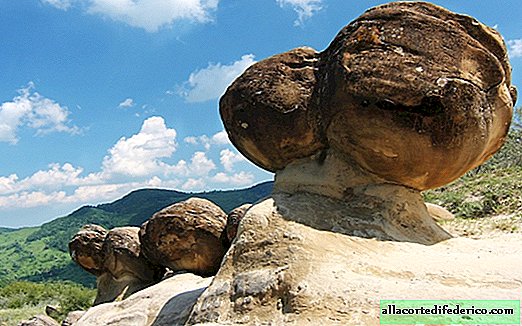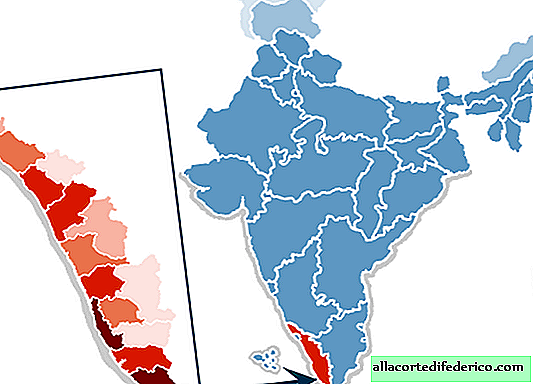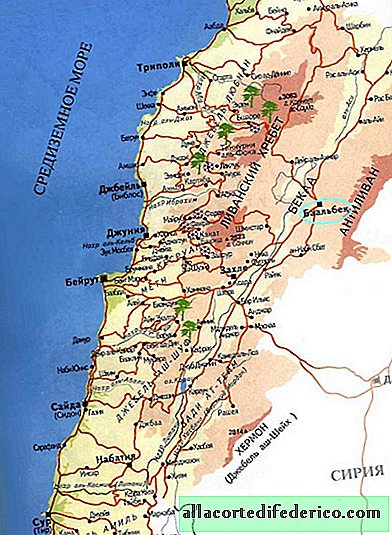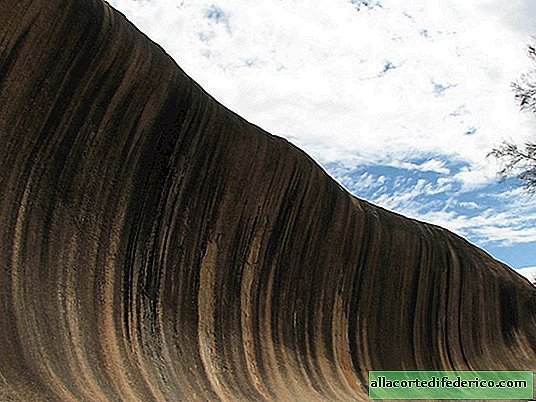Chukotka and Alaska: an objective comparison
Some travelers publish essays and their thoughts on how much Alaska differs from Chukotka in terms of living standards. There are even figures and facts proving how great the socio-economic differences between the two regions are. We also tried to compare the two peninsulas with an open mind and without unnecessary emotions. And that’s what happened in the end.
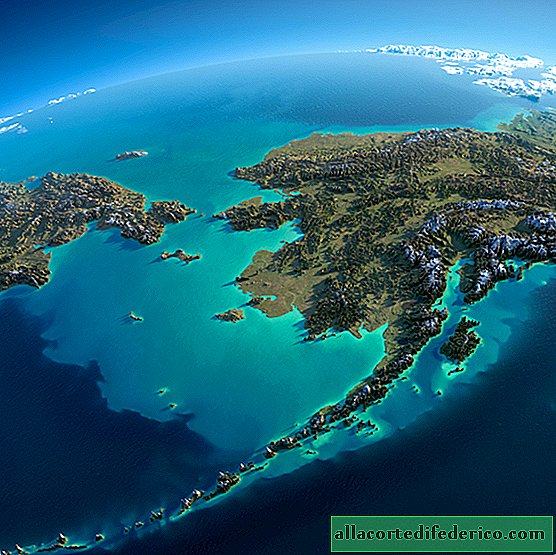
So, let's start with what information can be found on the Internet. It is reported that Alaska and Chukotka are located in the same climatic conditions, but their socio-economic development is very different. For example, the population of Anchorage, the largest city in Alaska, is 290,000, and Anadyr, the capital of the Chukotka Autonomous Okrug, is only 15,000. The general figures for the population of the regions are also given: 700,000 versus 50,000. Next, as a rule, the theme of the lack of roads in Chukotka and the presence of a railway line in Alaska, which residents of the Russian region do not even dream about.
And now we will analyze all the points in order and see how things really are.
The same climatic conditions
One might think that everything is completely obvious here: the regions are located at the same latitude, opposite each other, have the same harsh climate, and only the Bering Strait separates them. Now let's look at the map of average temperatures in January.


What do we see? The myth of the same climatic conditions collapses before our eyes. In Alaska in winter, from -8 ° C in the south (where, by the way, the vast majority of the population is concentrated, but more on that later), to -32 ° C in the north, which is practically uninhabited. Chukotka is not so lucky: from -24 ° С on the "warm" coast to -32 ° С in the continental part.


In summer, the differences are not so significant: +6 - + 12 ° С in Chukotka and +8 - + 16 ° С in Alaska, although summer, of course, does not come to these two regions at the same time. But winter temperatures are still a serious limiting factor for the development of the region and directly affect the development of permafrost.
Now let's look at a map of the distribution of perennial frozen rocks, which greatly complicate the construction of roads, buildings and industrial facilities.

And again, we do not see the same conditions. If the zone of distribution of permafrost occupies only 1/3 of the Alaskan peninsula, and the rest is the territory of focal distribution and areas of seasonal thawing, then Chukotka is completely covered with a layer of permafrost that never melts. The reason for such different climatic conditions lies in the Pacific currents that wash the coast of Chukotka and Alaska. The American state from the south washes the warm Alaskan Current, and off the coast of Chukotka passes the cold Kuril Current.

Population
Now that it has become clear to us that the climate and environmental conditions in these two regions are significantly different, we can talk about the population. The population of Anchorage is 290,000, and Anadyr is slightly less than 15,000. Again, we give for comparison the climatic indicators of the two cities, they differ significantly.


In order to make the comparison objective, you can take Anchorage and Petropavlovsk-Kamchatsky, which is closer to it in climate, although it is a little colder there than in Anchorage. 180,000 people live in Petropavlovsk-Kamchatsky. But Anadyr is more correctly compared with similar climate cities in Alaska. This, for example, is the city of Nome with a population of 3,700 people or Hooper Bay, where just over 1,000 people live. Although there are roads and other infrastructure, not many people want to live in these cities: the climate is not the same as in Anchorage. If you look at the map of population density in Alaska, you can see that most of the population is concentrated on the warm Pacific coast, which is quite logical.
 Alaska State Density
Alaska State DensityInfrastructure
The road network of the two regions is really very different. But the root cause, as is now clear, lies in the differences in the local climate, although the overall development of the country's economy undoubtedly affects. Permafrost and lower temperatures affect the development of the region. In addition, the level of infrastructure development in the region is directly related to the population: where the population is small, the construction and further maintenance of roads becomes unprofitable. This rule is also observed in most of Alaska and, for example, in neighboring Canada.

This is a developed country with high rates in the field of socio-economic development. But its northern regions, in which the climate is even milder than in the Chukotka Autonomous Okrug, are practically uninhabited. Canadians agree to live only in regions bordering the United States with more acceptable conditions. And the small settlements of the north are mainly confined to large mineral deposits.
 Canada population density
Canada population density





